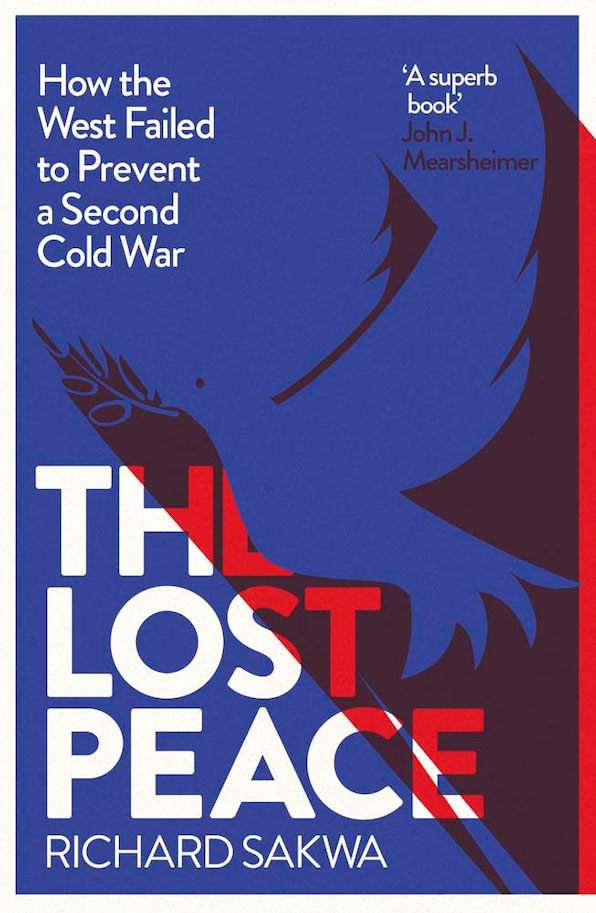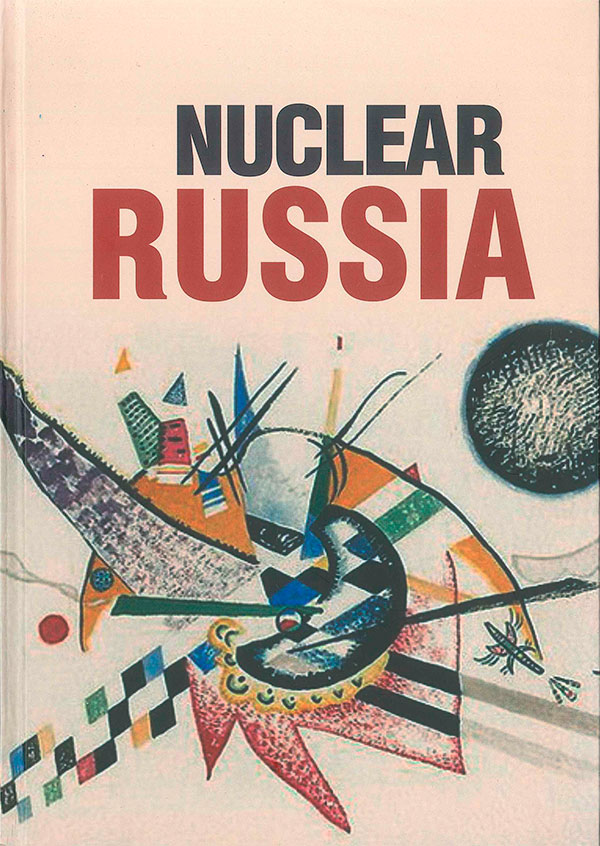The simulation has shown that a sudden first strike by the United States on Russia would take out up to 86 per cent of Russia’s SNFs in “delivery systems” and 87 per cent in “explosive tonnage”.
The development of strategic nuclear forces (SNF) is becoming an increasingly relevant topic in light of the latest United States Nuclear Posture Review and other policy papers, as well as Russia’s announcement regarding the development of new nuclear delivery vehicles. China is also developing its own...
... a military conflict. We must work together, including our militaries, to increase transparency and trust.
Fourth, work jointly to preserve and extend existing agreements and treaties, including the Intermediate-Range Nuclear Forces (INF) Treaty and New START Treaty.
These two agreements are crucial to sustaining transparency and predictability. In the absence of these agreements, there will be no regulations on nuclear forces, exacerbating today’s already high risks.
Fifth, continue consultations ...
... of eliminating nuclear weapons altogether, a goal which then Presidents Obama and Medvedev confirmed and supported in 2009.
Yet with the 1987 Treaty on Intermediate Nuclear Forces practically defunct thanks to reciprocal alleged violations, and the New START treaty limiting overall strategic nuclear arsenals under stress, an optimistic long-term goal like nuclear zero is hardly on the agenda for Moscow or Washington. Instead, both must now confront the urgent negative consequences of stalled U.S....
... bans ground-launched cruise and ballistic missiles with a range of 500–5,500 kilometers (310–3,400 miles), is in big trouble, with both sides accusing each other of violations.
If the INF treaty, a cornerstone of European security, collapses, the New START treaty signed between then Russian President Dmitry Medvedev and then U.S. President Barack Obama in 2010 will not be able to survive on its own. The agreement, which reduced the number of strategic nuclear weapons to 700 deployed launchers ...
... bobbing and weaving currently underway, the two sides need to stare hard at reality and decide whether failure is in either’s interest. Thus, for example, if the INF treaty is lost, so will be the future of strategic nuclear arms control. Renewal of New START in 2021 becomes a fading thought, but, even if not, having for seven years ceased considering what comes after START, when New START, the last remaining nuclear arms control agreement, finally expires that will be the end of nuclear arms control ...
... chemical weapons. The collapse of the INF Treaty, agreed by Presidents Gorbachev and Reagan in 1987, is now a growing risk. If it takes place, it would not only be profoundly damaging in its own right. It would also make it more difficult to renew the New START treaty on long-range arms, now the main cornerstone of bilateral nuclear arms control. The Treaty was signed by Presidents Obama and Medvedev in 2010 at a time when ‘reset’ appeared, for a time, to be working.
Recent events — both in Salisbury ...
... once again become a hot topic, even though Russian Foreign Ministry spokeswoman Maria Zakharova
asserts
that the time for such talks has not yet arrived.
Problems with prolongation
The simplest and most obvious option would be to prolong the current New START for another five years until 2026. There are, however, a number of obstacles to this.
Trump is extremely opposed to all the achievements of the Obama administration, including in the nuclear field. The Joint Comprehensive Plan of Action on Iran’s ...
... range of international security issues, including, naturally, the issue of arms control.
And this is not mere rhetoric. Has Russia not always stressed its interest in preserving the Intermediate-Range Nuclear Forces Treaty (INF Treaty), extending the New START Treaty, and boosting nuclear non-proliferation? Has Moscow ever questioned the compliance of all parties concerned with the multilateral agreement on the Iranian nuclear issue? Is Moscow threatening unilateral military action on the Korean Peninsula?...
... the future, one of the options would be to link the issue of TNW reductions and revival of the negotiations process on the CFE with measures on limiting NATO further expansion. However, since the conclusion of the New Strategic Arms Reduction Treaty (New START) in 2010, there has been little progress toward further nuclear arms reductions. Even before the 2014 events in Ukraine, US-Russian relations were characterized by a serious deficit of trust and constant reciprocal claims in non-compliance with ...
... Russian-American relations.
"Our priority task is not to allow the Russian-American arms control regime break up completely. The most important task for today is to preserve the Intermediate-Range Nuclear Forces Treaty (INF Treaty), extend the New START treaty. Of course, this is also cooperation of Russia and the US on non-proliferation of nuclear weapons, as well as efforts not to let the nuclear deal with Iran fail and to reduce tensions on the Korean peninsula to the extent possible," ...



